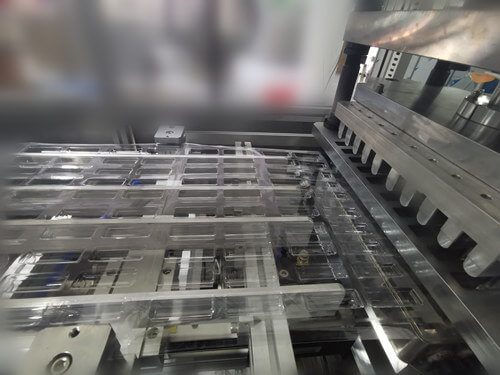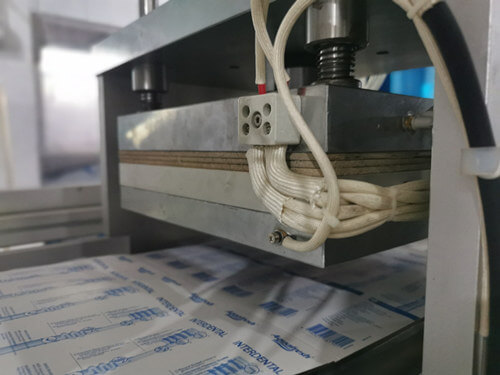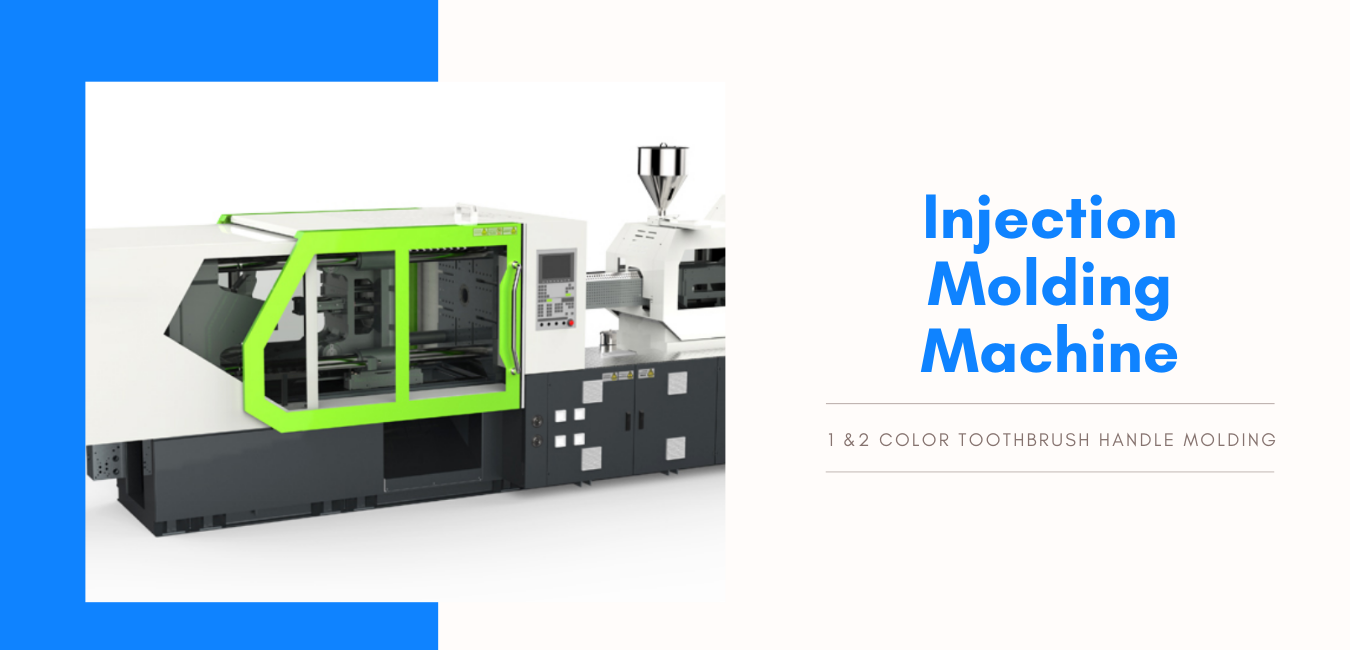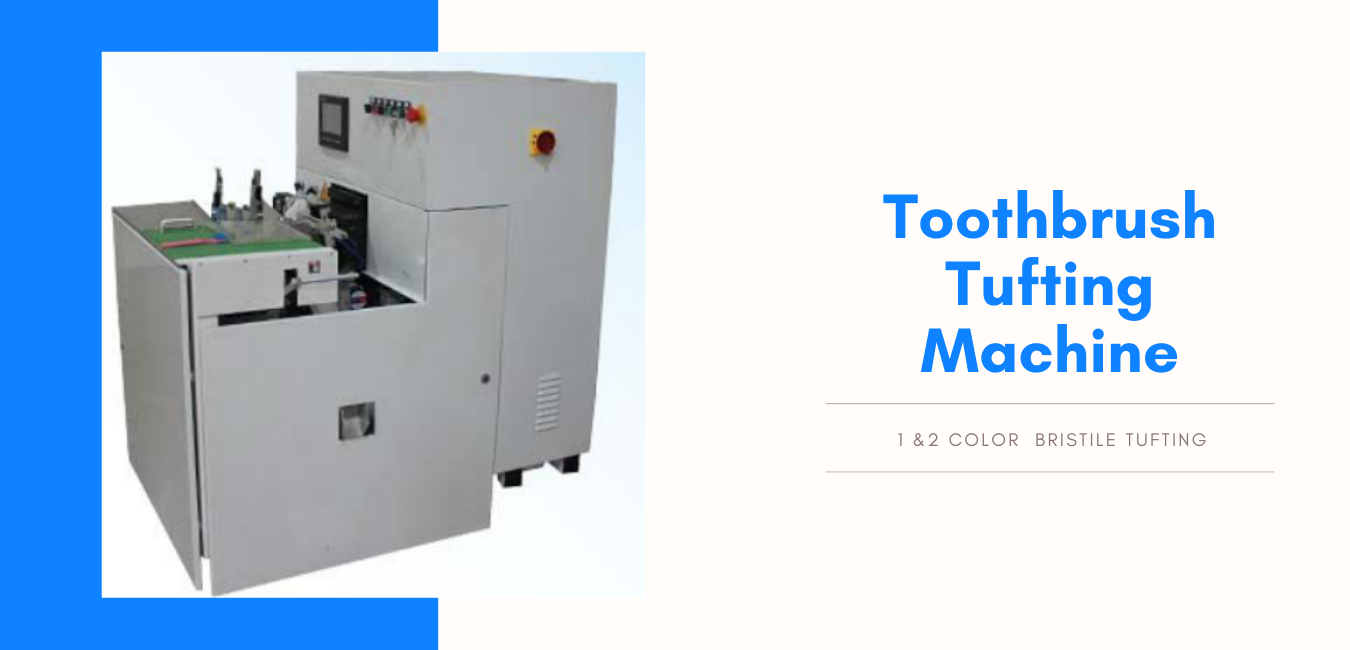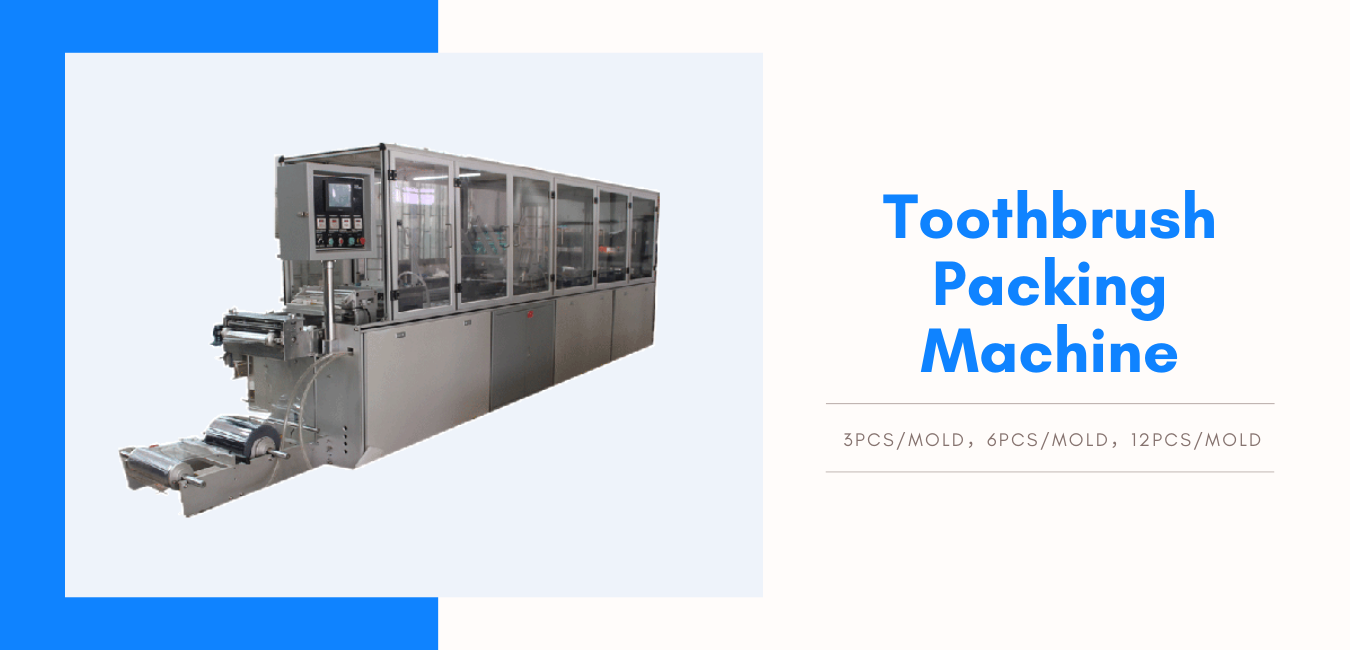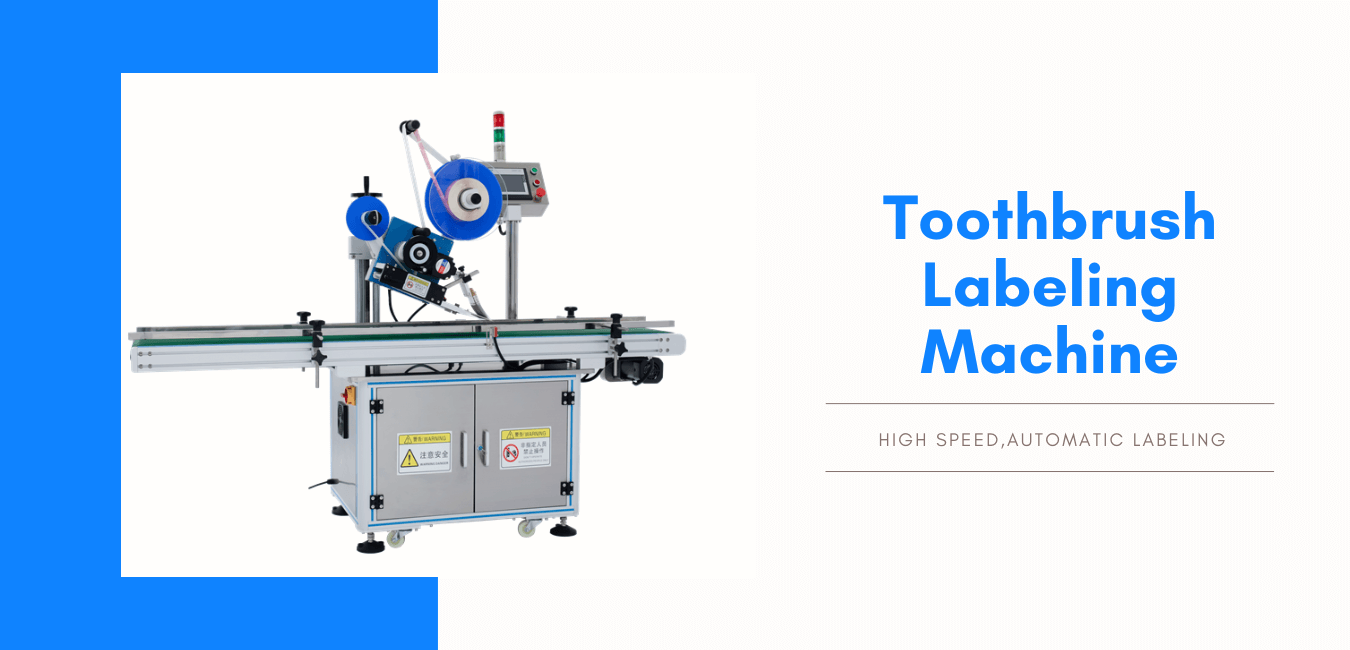Toothbrush packaging is the process of designing and producing protective, functional, and attractive coverings for toothbrushes. Packaging serves multiple purposes, from protecting the product during transportation and storage to enhancing its appeal on retail shelves. Effective toothbrush packaging also communicates essential information about the product, such as brand, features, and usage instructions.
Importance of Toothbrush Packaging in Retail
In retail, packaging is often the first point of contact between a product and potential buyers. For toothbrushes, packaging plays a crucial role in:
- Protecting the toothbrush from contamination and damage.
- Differentiating the product from competitors on crowded shelves.
- Providing an opportunity to convey brand identity and product features.
- Encouraging impulse purchases through visually appealing designs.
Types of Toothbrush Packaging Materials
Toothbrush packaging is made from a variety of materials, each chosen for specific purposes:
- Plastic: Durable and transparent, commonly used for clamshell and blister packs.
- Cardboard: Eco-friendly and recyclable, often used for sustainable toothbrushes.
- Laminates: Provide a combination of durability and flexibility for unique packaging designs.
- Biodegradable materials: Increasingly popular for environmentally conscious brands.
History of Toothbrush Packaging Design
Toothbrush packaging has evolved significantly over the years. Early toothbrushes were often sold without packaging or wrapped in simple materials like paper. As consumer markets grew, manufacturers began to adopt plastic blister packs for better protection and presentation. Today, the focus has shifted toward sustainable and innovative designs that balance aesthetics, functionality, and environmental impact.
Trends in Toothbrush Packaging Design
Modern toothbrush packaging designs are shaped by consumer demands and technological advancements. Key trends include:
- Minimalist packaging: Clean, simple designs that emphasize eco-friendliness and functionality.
- Sustainable packaging: Growing use of biodegradable, recyclable, or compostable materials.
- Customization: Tailored designs that cater to specific markets, such as children or premium segments.
- Smart packaging: Integration of QR codes and augmented reality for interactive experiences.
Benefits of Sustainable Toothbrush Packaging
Sustainable toothbrush packaging offers several advantages:
- Reduces environmental impact by using eco-friendly materials.
- Enhances brand reputation among environmentally conscious consumers.
- Meets regulatory requirements in regions with strict packaging waste laws.
- Encourages recycling and reuse, contributing to a circular economy.
Innovations in Toothbrush Packaging
The toothbrush packaging industry is witnessing exciting innovations, such as:
- Zero-waste packaging: Designs that eliminate non-recyclable materials.
- Multi-functional packaging: Packaging that doubles as a toothbrush stand or travel case.
- Digital printing: Allows for personalized designs and detailed branding.
- Smart materials: Packaging that changes color or provides sensory feedback to indicate freshness or product features.
How Toothbrush Packaging Affects Brand Perception
Packaging is a powerful tool for shaping consumer perceptions of a brand. Toothbrush packaging that aligns with a brand’s values, such as sustainability or luxury, can enhance its appeal. For example:
- Premium brands use sleek, high-quality materials to convey exclusivity.
- Eco-friendly brands use earthy tones and biodegradable materials to highlight sustainability.
- Child-focused brands incorporate bright colors and playful designs to attract younger consumers.
Key Elements of Effective Toothbrush Packaging
To create impactful toothbrush packaging, consider these essential elements:
- Protection: Ensure the toothbrush remains clean and undamaged until use.
- Functionality: Design packaging that is easy to open and use.
- Branding: Clearly display the brand name, logo, and unique selling points.
- Information: Include product features, usage instructions, and recycling details.
- Aesthetics: Use appealing colors, graphics, and textures to catch the consumer’s eye.
The Role of Packaging in Toothbrush Marketing
Packaging is a cornerstone of toothbrush marketing strategies. It acts as a silent salesperson, communicating the product’s benefits and differentiating it from competitors. Innovative and attractive packaging can drive brand loyalty and increase market share by appealing to consumers’ preferences and values.
Conclusion
Toothbrush packaging is far more than just a protective covering; it is a vital aspect of product marketing and brand identity. By leveraging sustainable materials, innovative designs, and effective branding, toothbrush packaging can make a lasting impression on consumers and contribute to a product’s success in the competitive retail landscape.




